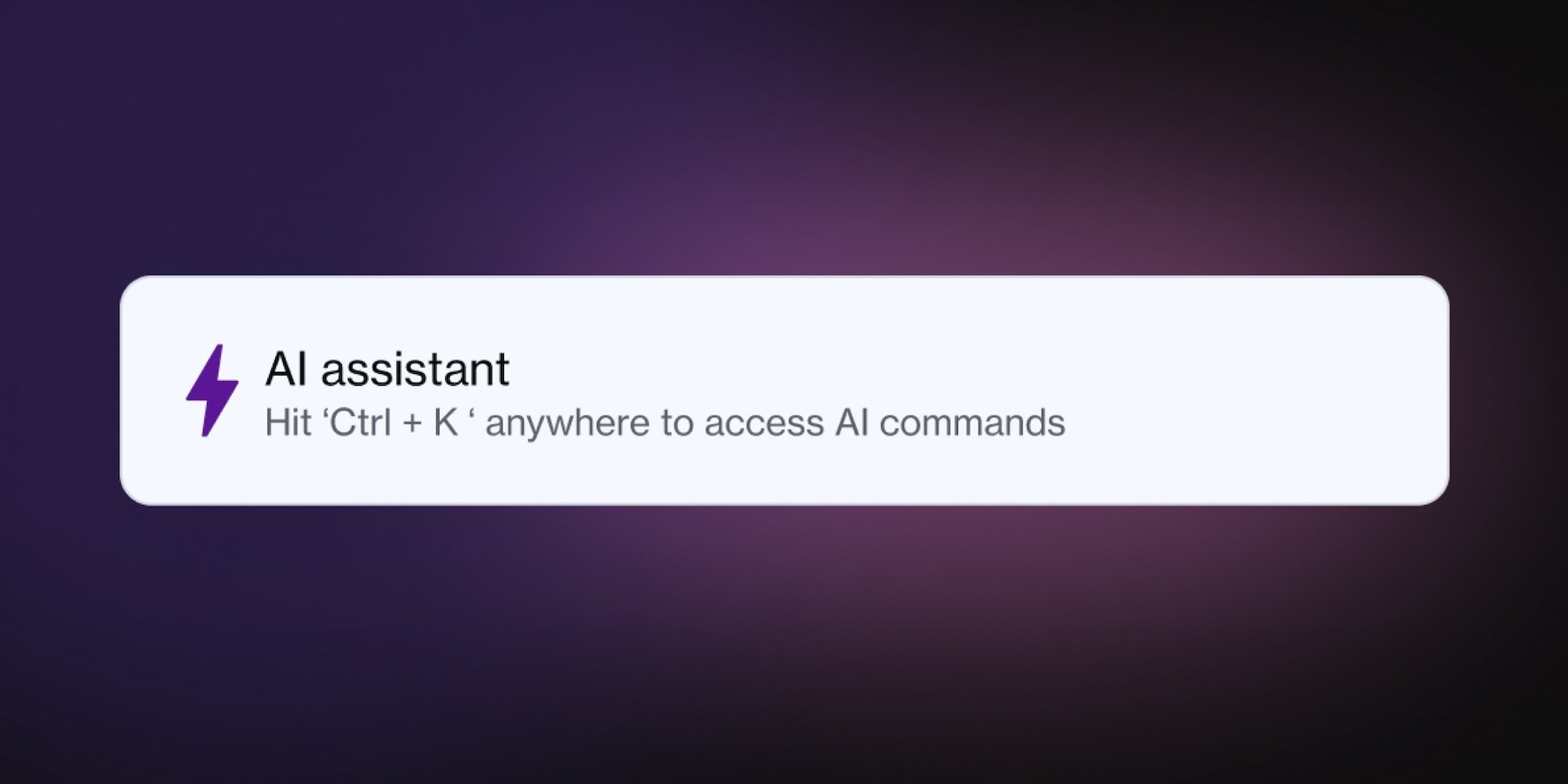
By
McKayl Barrows
When utility companies improve their digital channels — specifically those that promote self-service — they drive down costs and increase customer satisfaction.
According to McKinsey & Co., 50% of customer satisfaction is influenced by factors that utilities can affect directly, such as providing clear information and shortening the time of outages.
Despite these benefits and utility company efforts to become more digital-centered, “many swirl in an endless loop of ‘doing’ digital things — an illusion of being digital — rather than making changes to the business, operating, and customer models.”
In this article, we’ll cover how utilities can advance their digital efforts and cut costs with UX research, strategy, and design.
Where to start: How to improve the utility experience
Improving the customer experience won’t happen overnight, but these seven high-level steps will help you set your roadmap for better business outcomes.
Step 1: Talk to your customers
Start with your user research. Analyze the data you have and collect what's missing. Thanks to call center data, many utility companies are sitting on a gold mine of customer insights, but this data typically just highlights the issues, not why they exist in the first place.
Qualitative data (e.g., in-depth customer and employee interviews) helps teams uncover nuances in their customer journey and pinpoint the root of the problem. You might wonder, “If these issues are common across the utility industry, why not address the most common call center complaints? Why do we need more research?”
Many of the issues aren't as straightforward as they seem. Customer experiences are complex and involve hundreds of interaction points across various business units, including marketing, sales, customer success, and internal processes. By examining the underlying factors that affect customer satisfaction, utilities can deliver more targeted and effective solutions.
Related: Is User Research Worth the Cost?
Step 2: Map your internal processes and conduct a tech audit
Taking a look at your internal processes can highlight inefficiencies in how you deliver services to customers. For example, when a customer clicks a button on your website that says, “Transfer my service to a new address,” where does that request go? Is anything handled manually?
As you map your processes, you’ll start to see where you can make improvements beyond the front-end user experience. This way, you’re not just tidying up the surface but addressing the iceberg below, usually home to the more significant issues.
Having a full map that illustrates the processes and workflows on the CX and EX side of your business can give you a clear roadmap for what needs to be fixed first. It’s also a great tool for aligning internal stakeholders (more on that later).
As for the tech audit, consider which parts of your tech stack will likely break first and impact crucial customer touchpoints. Align on your current tech capabilities and limitations, then let your research guide you on which platforms to prioritize for replacement or improvement.
Step 3: Host a workshop to align your strategy
When stakeholders and business units don’t align, final decisions are often based on opinion rather than user insights, increasing the risk of failure. Alignment and strategy workshops bring together employees from different parts of the organization to share their priorities and agree on project goals.

Activities like priority circles and experience continuums empower teams to voice different perspectives and decide which opportunities to pursue based on desirability, feasibility, and viability. When stakeholders have mutual investment and a say in the strategy, they’re more likely to feel a sense of ownership in the work.
Related: The Art of Great Design Workshops—5 Activities We Swear By
Teams can reference the workshop outcomes during future progress share-outs to reorient themselves and keep the project goals top of mind, especially when the work spans months or years.
Step 4: Create experiences that solve customer pain points
Now that you have your foundational research and customer experience strategy, it’s time to redesign your digital channels to support customer needs. This will look different depending on the needs of each customer journey: bill pay, outage communication, starting and stopping service, or customer support in general.
During the alignment workshop, the team will have decided which improvements and new features are most important, so you'll use that roadmap to prioritize which project to tackle first.
Rapidly design and test your ideas with customers to see which concepts resonate, then refine the user experience based on their feedback. Once the designs are tested and set, the team can start building a roadmap for moving into development.
Make sure the designs are feasible for the development team, and remember, small incremental changes can have a significant positive impact on your goals, so start with the quick wins to gain executive buy-in, and don’t worry about getting everything perfect the first time.
Step 5: Figure out where AI fits in
AI is here to stay and can help you and your customers beyond a standard chatbot. Develop concepts that address your customers' needs, then build a responsible, ethical AI strategy to make those solutions personalized, optimized, and efficient.
We’re fans of the AI workshop — a time for everyone to brainstorm ways to leverage AI in the customer experience. For example, can we use AI to predict projected call center volume so utilities can flex resources accordingly? Can it help customer service departments access, discover, and resolve customer problems quicker?

Gather as many ideas as possible, then determine which are most practical through employee and customer concept testing. It’s important to note that working with your Chief Technology Officer (CTO) and Chief Information Officer (CIO) or similar business units will be a crucial step in this process. Understand their current data and tech capabilities and take that into consideration when deciding what projects to pursue on a 2-5-year roadmap.
Step 6: Champion a culture of innovation
Executives will want to know if these investments are successful and how they contribute to company growth. To show the value and get executive buy-in, start with small, impactful projects that directly improve the customer experience. Once you have that first quick win, use it to scale and change how you work.
From there, standardize your internal research and design operations and develop a CX measurement strategy that helps you increase the efficiency, consistency, and quality of future UX initiatives.
Step 7: Get the rest of the company on board
Getting everyone on the same page is critical for turning ideas into reality. If employees don't interact with customers directly, it can be hard for them to see how their work impacts the company as a whole.
By helping teams understand how their work affects the customer and developing a forward-looking strategy or "North Star Vision" that directly links to business outcomes, employees feel a stronger sense of ownership and involvement in company initiatives — leading to higher retention.
Related: How to Create Consistent Experiences With a Brand Ambassador Team
Bonus tips from our practitioners
- Start small, think big: Minor improvements can have a big impact. By updating one customer journey at a time, you can build momentum and gain executive support.
- Divide and conquer: Be strategic about how you split the work. If possible, have one team focus on developing the future state while another manages the current infrastructure. This will make it easier to make improvements without disrupting daily activities.
- Match capabilities: If you outsource your development and design work, make sure your external partners' capabilities align with your needs. This way, you’ll avoid bottlenecks in the process and get your new experiences to customers faster and more efficiently.
- Start with your loved ones: Imagine your friends and family interacting with the experiences you provide. This mindset will help you approach the work empathetically and create experiences that resonate with a diverse customer base.
Set your strategy and make innovation the norm
Improving the utility customer experience requires strategic planning and continuous innovation. Start by understanding your customers through in-depth research, mapping your internal processes, and aligning your team around a shared strategy.
As you integrate AI, focus on creating personalized, efficient solutions that prioritize customer safety and security. Finally, with solid internal alignment, you can deliver experiences that lower costs and boost satisfaction now and in the future.
Need a partner to help improve your customer and employee experience? Contact our team of UX research and design experts to get started.



